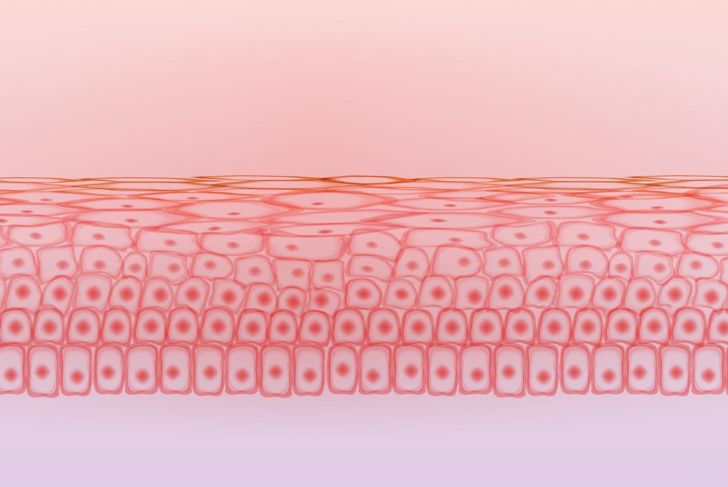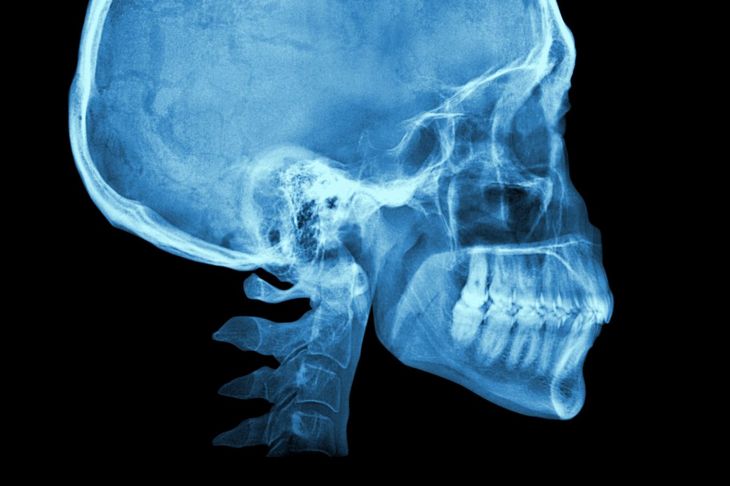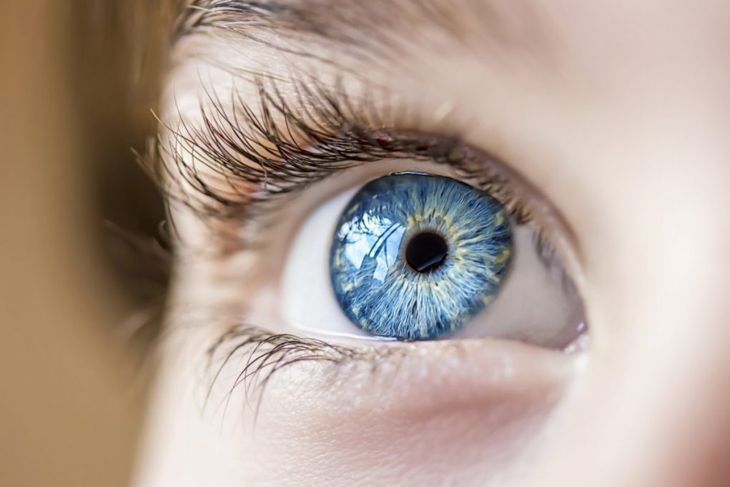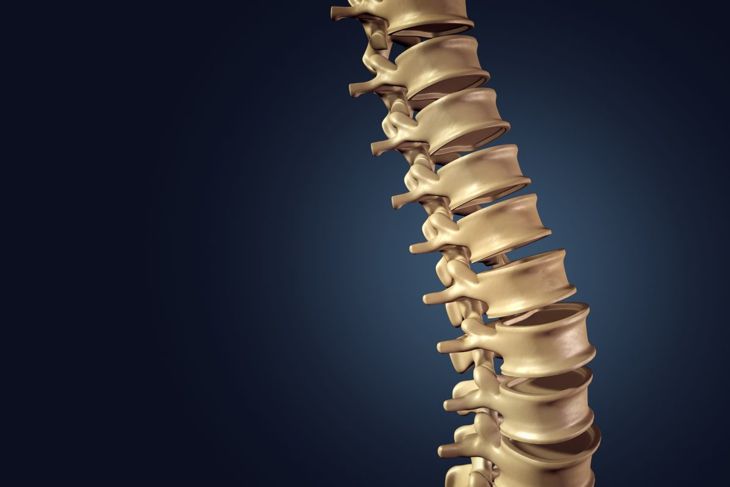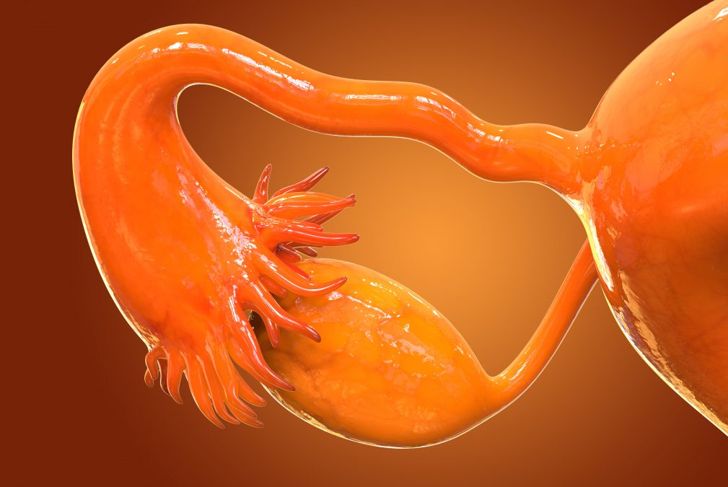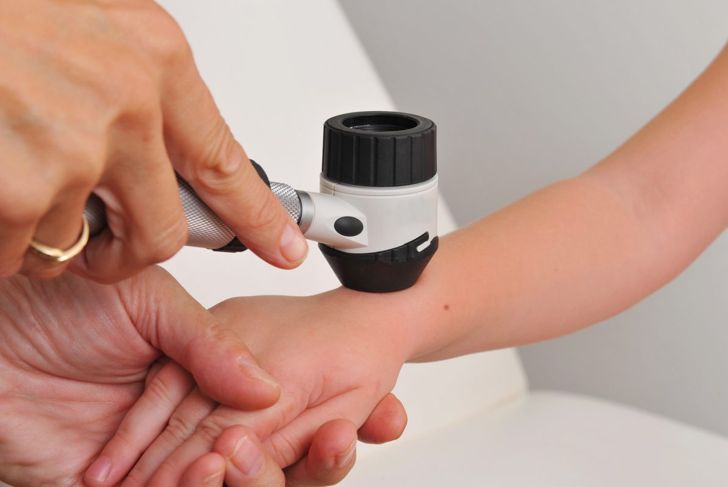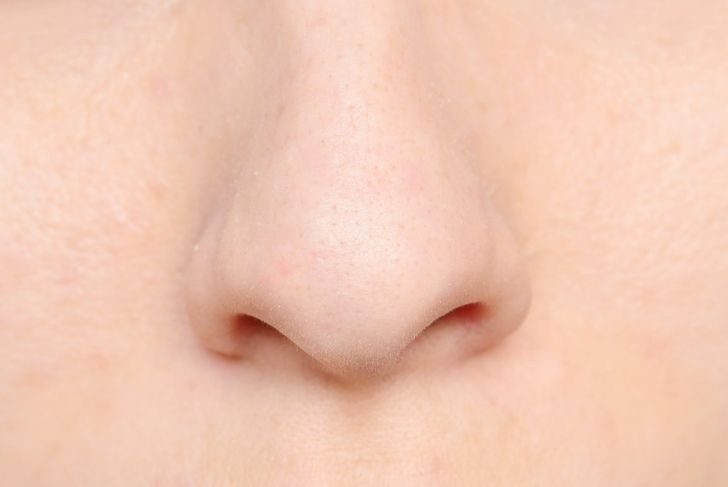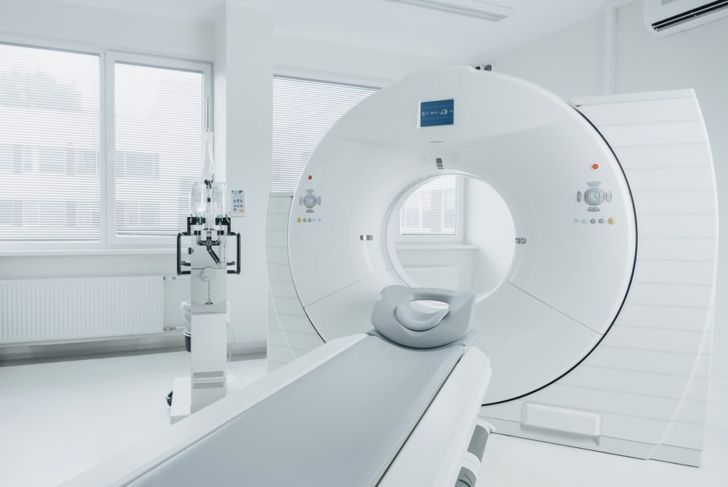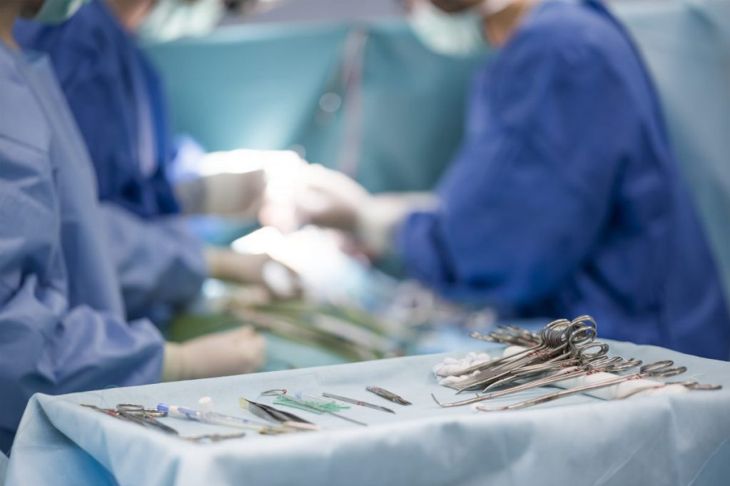Dermoid cysts contain various skin elements, such as sweat and sebaceous glands and hair. All dermoid cysts stem from cells deposited during fetal development. Some dermoid cysts do not show any symptoms and require no intervention. Others are visible or cause pain and pressure; these may require surgical intervention.
Growth and Varying Symptoms
Dermoid cysts present differently depending on their location. They are essentially skin cells trapped in other tissues, growing during fetal development. Just like skin, these trapped cells shed and produce oil. As more cells develop, the cyst grows larger. When dermoid cysts are close to the surface, they usually form lumps and are painless.
Intracranial Dermoid Cyst
Intracranial dermoid cysts are uncommon. Many are asymptomatic and found during an MRI or CT scan for something else. Intracranial dermoid cysts are usually found in people under 30. When symptoms appear, they include compression of affected areas of the brain, traumatic or spontaneous rupture, seizures, and headaches.
Orbital Dermoid Cyst
Orbital dermoid cysts are classified as deep or, more commonly, superficial. They are the most common orbital mass in children, are usually diagnosed before age 10, and may present as a painless mass beside the eye. Deep orbital dermoids may take longer to diagnose and commonly cause bulging eyes.
Spinal Dermoid Cysts
Spinal dermoid cysts will not spread but can press on spinal nerves or the spinal cord. As the cyst grows, symptoms develop, including numbness in the arms and legs, incontinence, difficulty walking, and clumsiness. Due to the severity of the symptoms and the risk of rupture, a surgeon will usually remove these growths.
Ovarian Dermoid Cyst
Doctors often refer to ovarian dermoid cysts as mature cystic ovarian teratomas. They are the most common ovarian growth in women under 20 and are typically diagnosed before age 30. Ovarian dermoid cysts usually have no symptoms, though the growths do increase the risk of ovarian torsion, which causes acute pelvic pain.
Cutaneous Dermoid Cyst
Most cutaneous dermoid cysts are discovered in children. They are located close to the skin’s surface and usually appear as small, firm, painless lumps. Most of the time, they develop on the face, head, and neck.
Nasal Dermoid Cysts
Nasal dermoid cysts are usually found before age three but may not be diagnosed until adolescence or later in life. Symptoms appear as the cyst grows and include recurring upper airway infections, deformities, and airway obstruction. These cysts are rare but can cause serious symptoms, such as intracranial complications, if undetected.
Diagnosis
Diagnosing dermoid cysts heavily depends on the growth’s location. A doctor may make the diagnosis during a physical exam if the cysts are close to the surface of the skin and palpable. In other cases, a diagnosis does not occur until symptoms appear. Ultrasound, CT scans, and MRIs confirm the diagnosis and help the medical professional determine the best treatment.
Treatment
Treatment depends on the location of the cyst and the symptoms. Some cases require surgery, especially if the growth causes neurological symptoms or emergencies such as ovarian torsion. Dermoid cyst ablation is an option in some cases. This minimally invasive procedure involves draining the cyst and removing the tissues lining its walls.
Prognosis
If a dermoid cyst is left untreated, it continues to grow and may eventually rupture, causing pain, swelling, and scarring. When treated, either surgically or using minimally invasive measures, dermoid cysts are unlikely to reoccur, as long as the doctor removed or destroyed the entire cyst, and no abnormal cells infiltrated the surrounding tissues.

 Home
Home Health
Health Diet & Nutrition
Diet & Nutrition Living Well
Living Well More
More